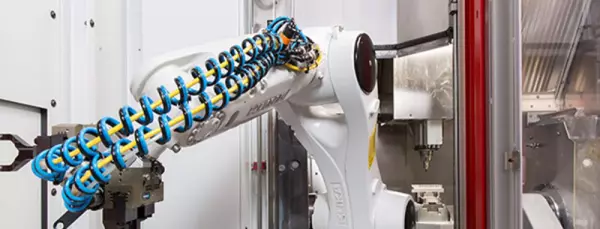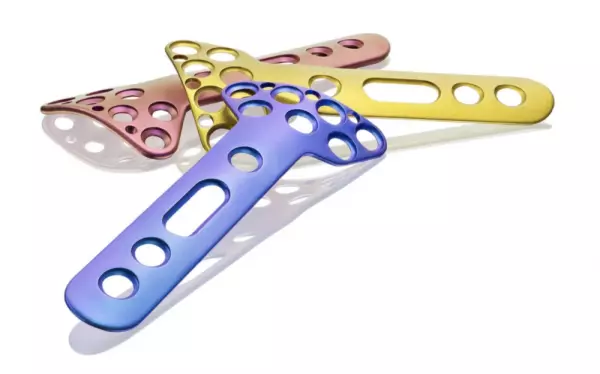
Of course, there are special requirements for implant production, especially when it comes to larg...
Portal and digital medical technology fair of the largest MedTech cluster in Germany

Of course, there are special requirements for implant production, especially when it comes to larg...

Titanium Anodising Type III color anodising...
TYP-III colour anodising - colour anodising makes the difference TYP-III colour anodising covers...

Hand and foot implants are procedures that are used to fix the small bones of the hand and foot. The procedure fixes the bones that are unstable and deformed. Depending on the type of surgery, this treatment can improve many aspects of a person's life, including walking, running, and jumping. There are two main types of implants: fixed and removable. The latter is the most common of these procedures. The implants themselves are relatively small and are made of titanium.
The first procedure involves inserting a titanium nail into the hand or foot. The implant is secured in place with sutures. The sutures are then repositioned in the foot. In a moderate to severe case, an arthroeresis implant may be the best option. This surgical procedure lengthens the Gastroc Muscle and Achilles Tendon. It also lifts the talus and removes the instability in the midfoot.
The second is an arthroeresis implant. This device is designed to limit excessive or abnormal talar motion. It also realigns the foot. It is a great option for patients with flat feet or other problems with their ankles. In addition to improving mobility, the implant can correct a patient's gait and improve their posture. These devices will also relieve pain and provide a better fit. A physician will have to take measurements to ensure the implant will fit properly and won't cause any complications.
In a hand-foot surgery, your doctor will evaluate the angles of the feet. This is done to ensure that the implant is placed correctly and won't interfere with the patient's gait or the natural movement. The first ray will be evaluated, including the first metatarsal and the medial cuneiform bone. The medial cuneiform will be the area most affected by the procedure. Afterwards, the doctor will evaluate the bone structure of the foot, taking note of the position of the hands and feet.
A hand foot implant will not change the position of the foot. However, it will help correct flat feet. It can also help prevent the development of deformities in the foot. The surgery requires four small incisions. After the surgery, the patient will be placed in a walking boot and will need to use crutches for six weeks. They will experience minimal pain after the procedure. Once the implants are in place, the patient will need to recover from their surgeries.
Some people develop problems with their hands and feet. This can lead to deformities of the hand and feet. The best solution is to seek medical attention immediately. The pain associated with hand foot syndrome can be treated with steroid creams. In the meantime, the pain can be managed by using medicated creams. Occasionally, the patient may need to be treated with Celebrex for pain. The patient can also use a steroid-free medication.
Become a digital exhibitor yourself in the online portal of the largest and best-known MedTech cluster region in Germany and inform the world of medical technology about your products and services as well as about news, events and career opportunities.
With an attractive online profile, we will help you to present yourself professionally on our portal as well as on Google and on social media.